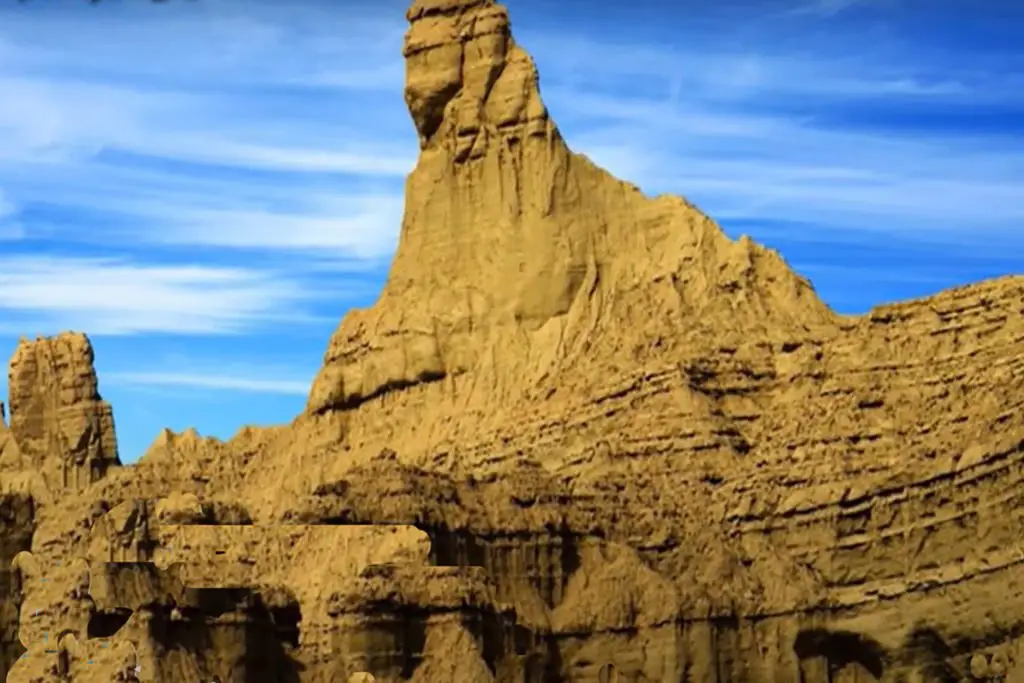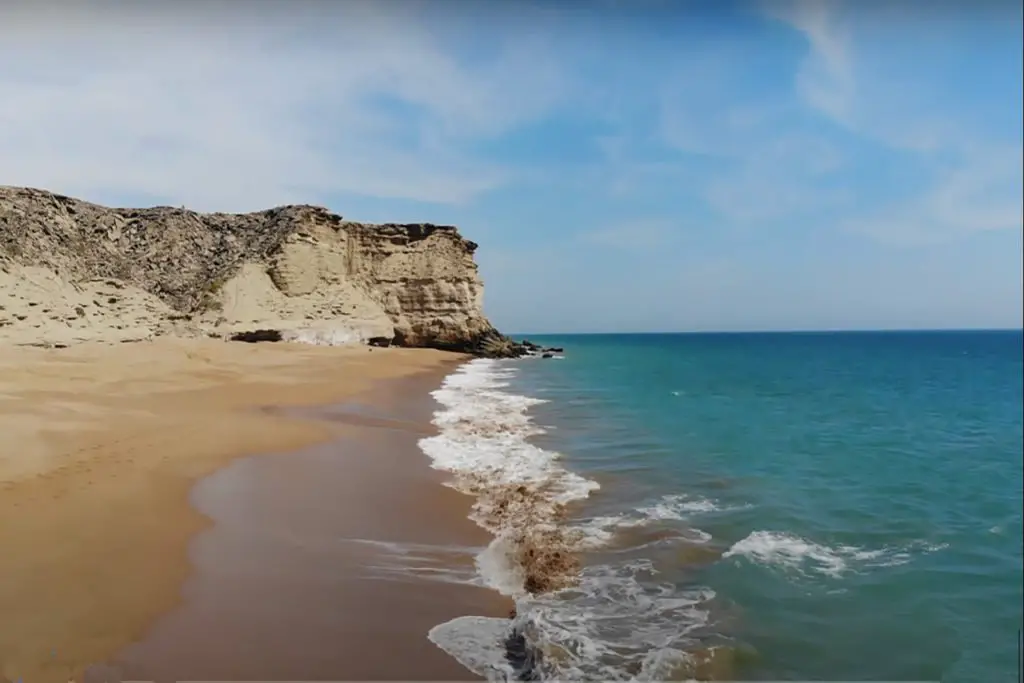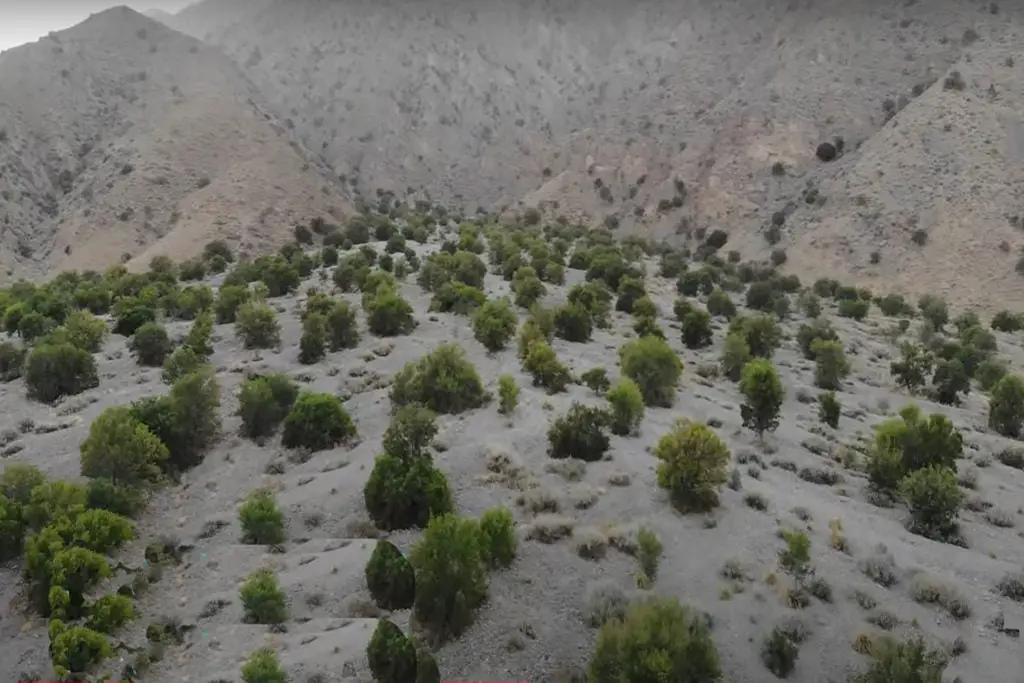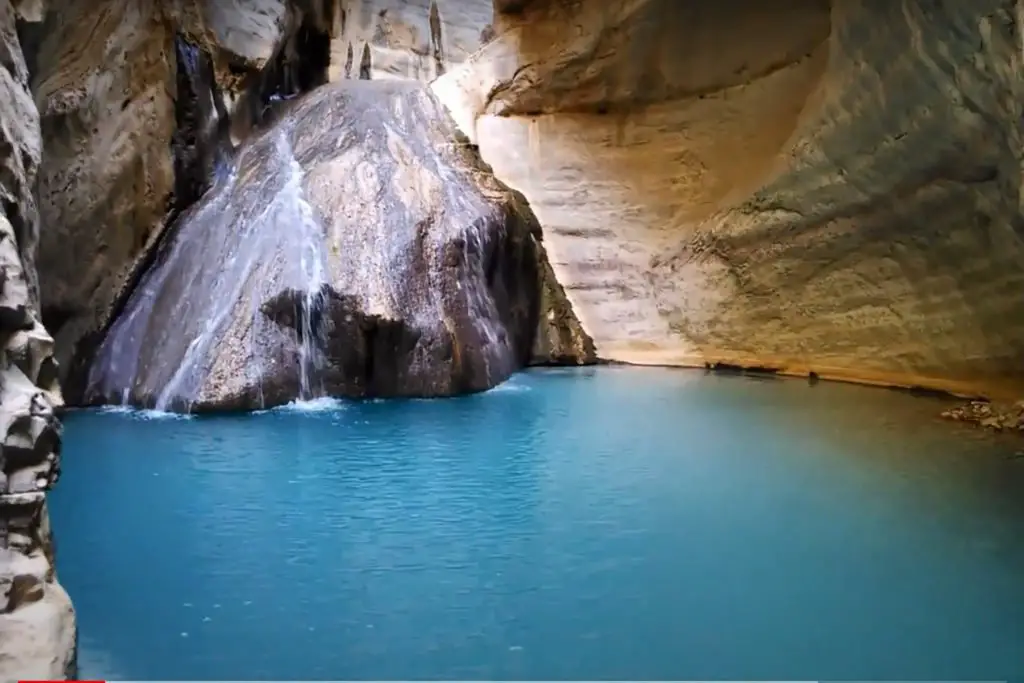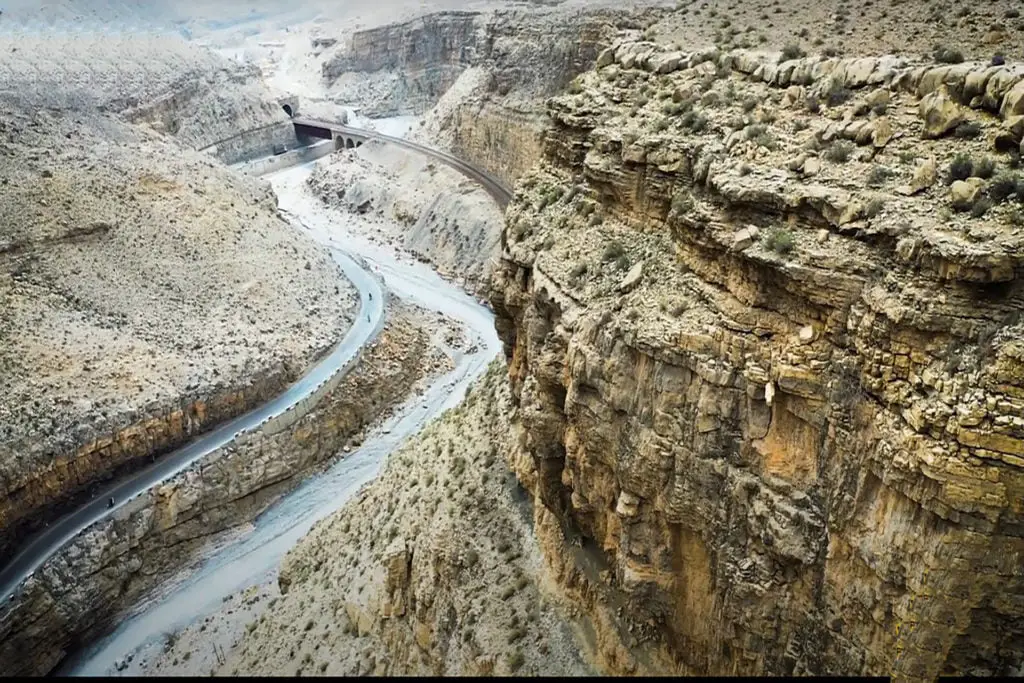Hingol National Park is a stunning natural reserve located in the southwestern part of Pakistan, along the Makran coast. The park is home to an incredible variety of flora and fauna, as well as some of the most breathtaking landscapes in the country. In this article, we’ll explore what makes Hingol National Park such a unique and special place.
Area and Location of Hingol National Park
Hingol National Park was established in 1988 and covers an area of over 6,100 square kilometers. It is the largest national park in Pakistan and is located in the Balochistan province, near the city of Lasbela. The park is situated along the Arabian Sea and is part of the Makran Coastal Range, which extends for over 700 kilometers along the coast.
The park is named after the Hingol River, which flows through it and is the largest river in Balochistan. The river is an important source of water for the local wildlife and vegetation and is a major attraction for visitors to the park.
Wildlife in Hingol National Park
Hingol National Park is home to a vast array of flora and fauna, many of which are unique to the region. The park is home to over 250 species of plants, including several rare and endangered species. The vegetation in the park includes mangroves, palm trees, acacia trees, and other desert plants.
The park is also home to a diverse range of wildlife, including several species of mammals, reptiles, and birds. The park is known for its large population of wild goats, which can be seen grazing on the rocky hillsides. Other notable species include the desert fox, wolf, hyena, and leopard. The park is also home to several species of snakes, including the king cobra, which is one of the largest venomous snakes in the world.
Images Gallery
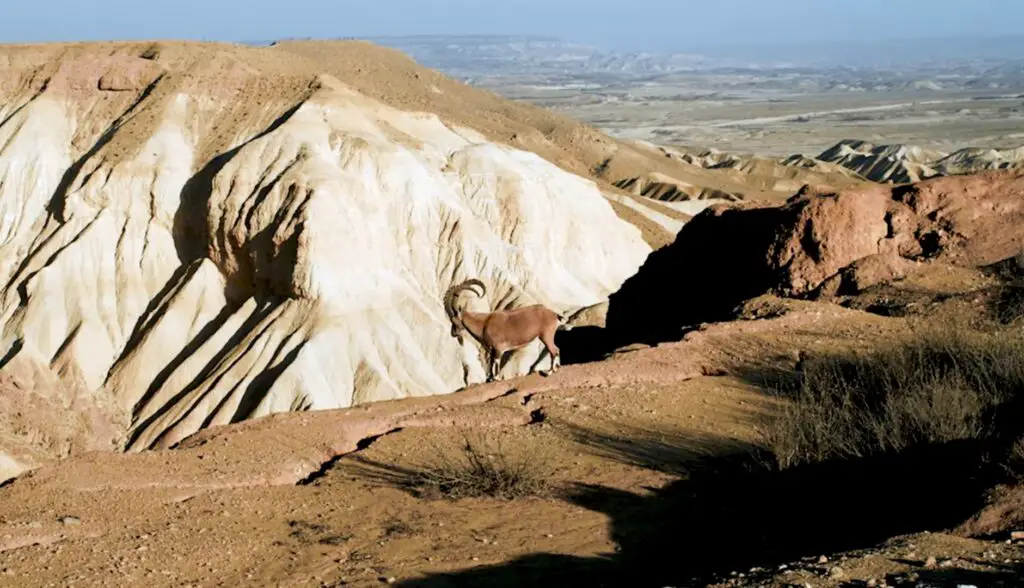
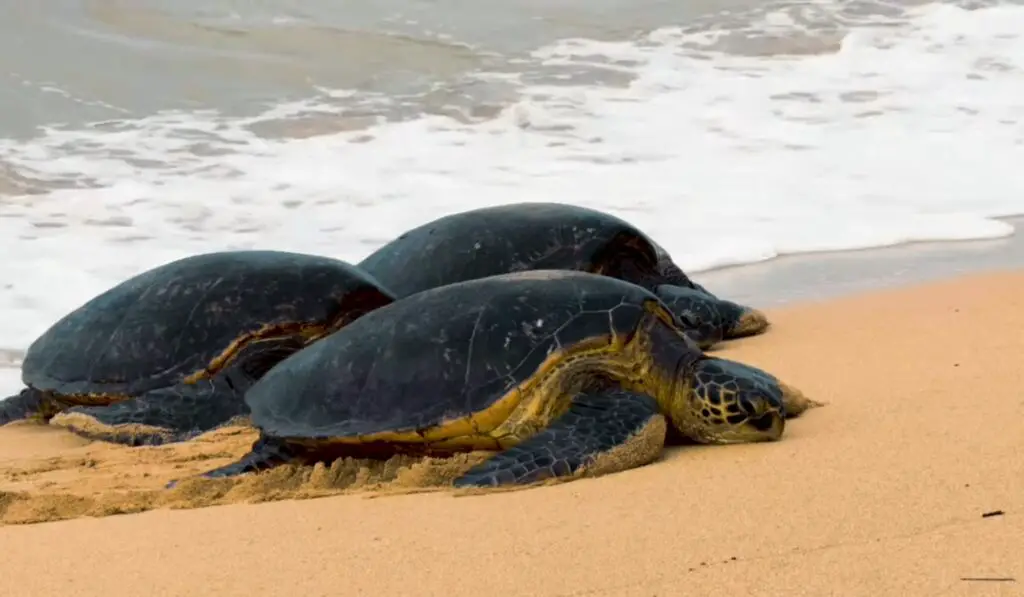
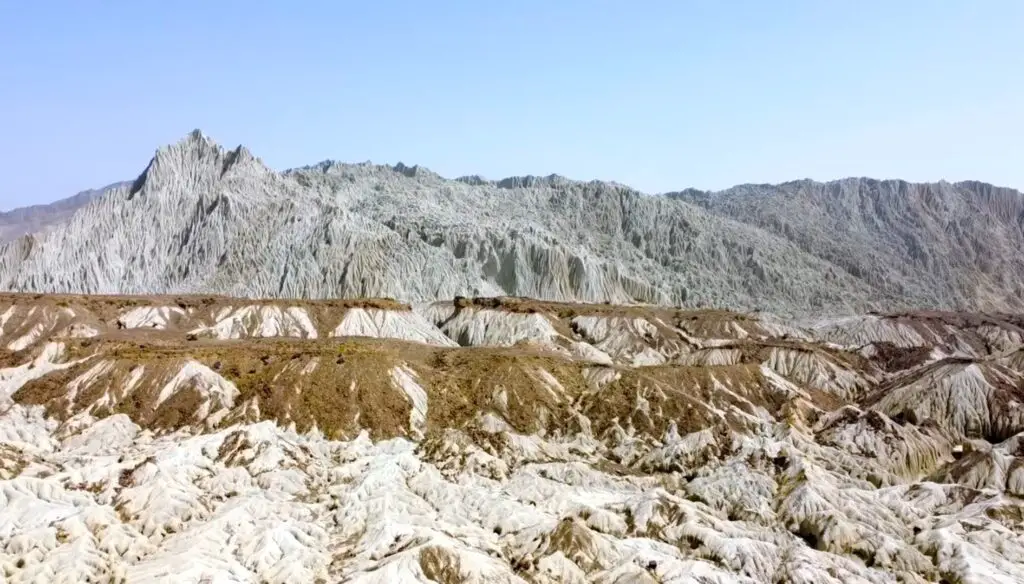
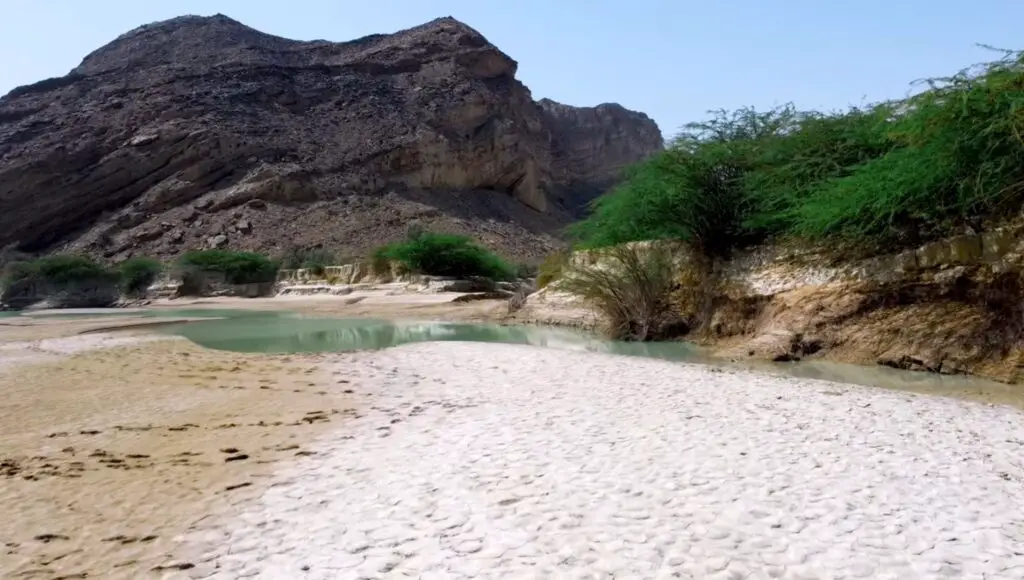
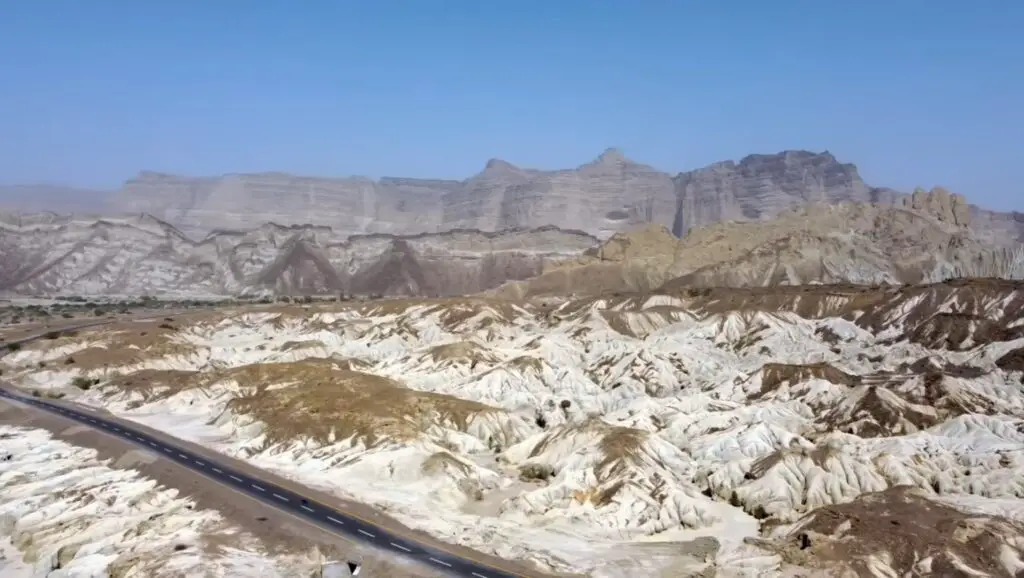
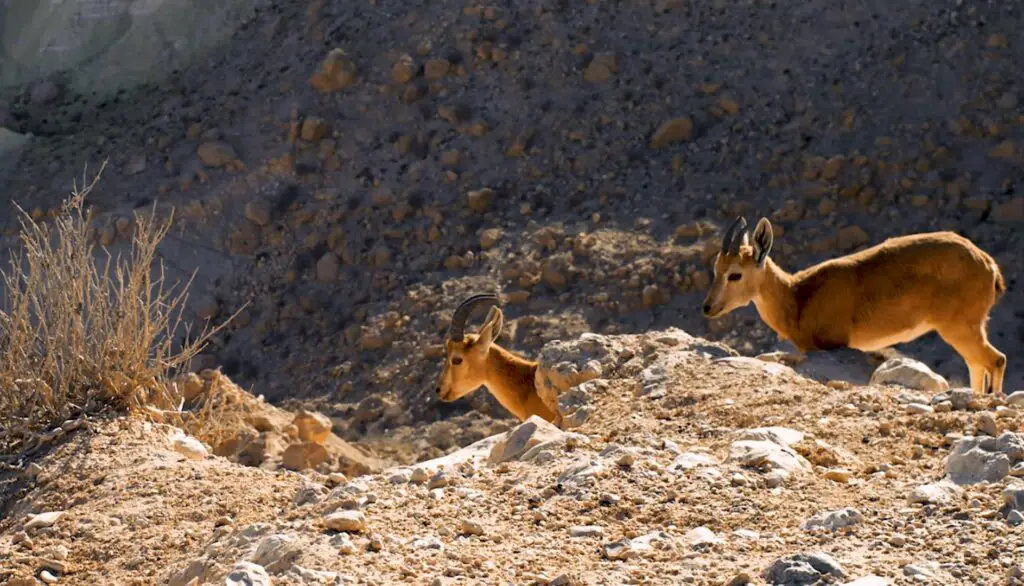
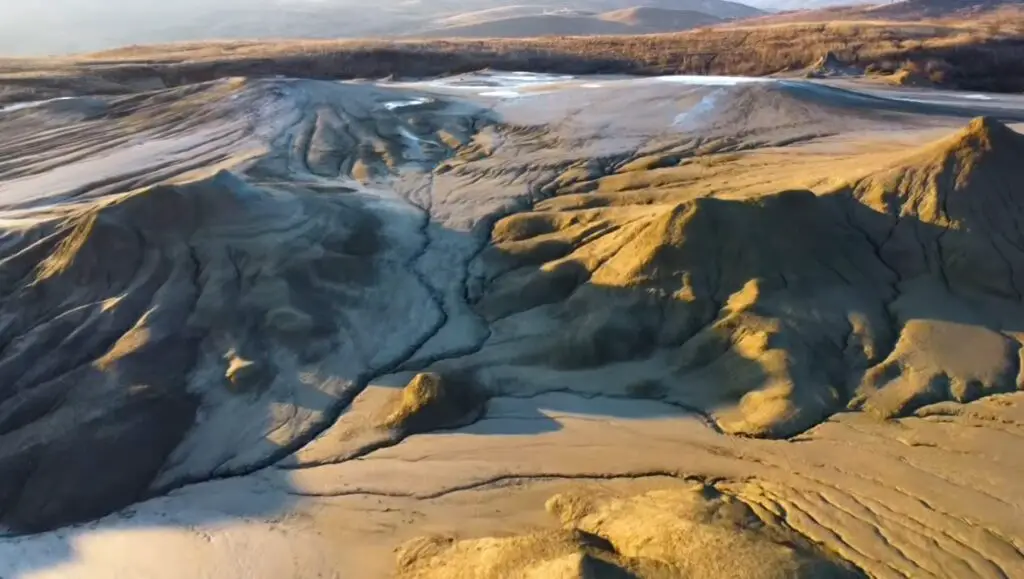
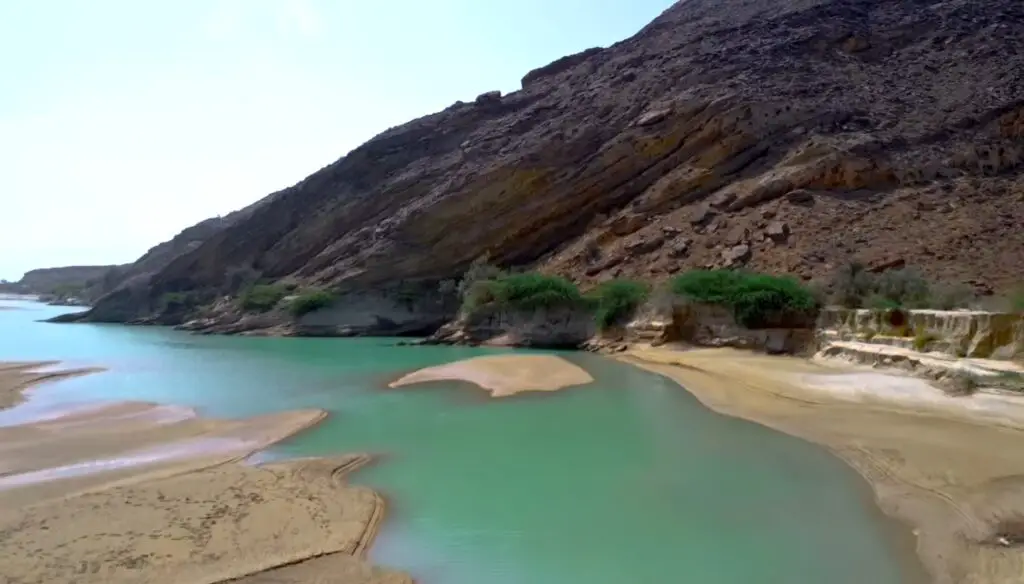
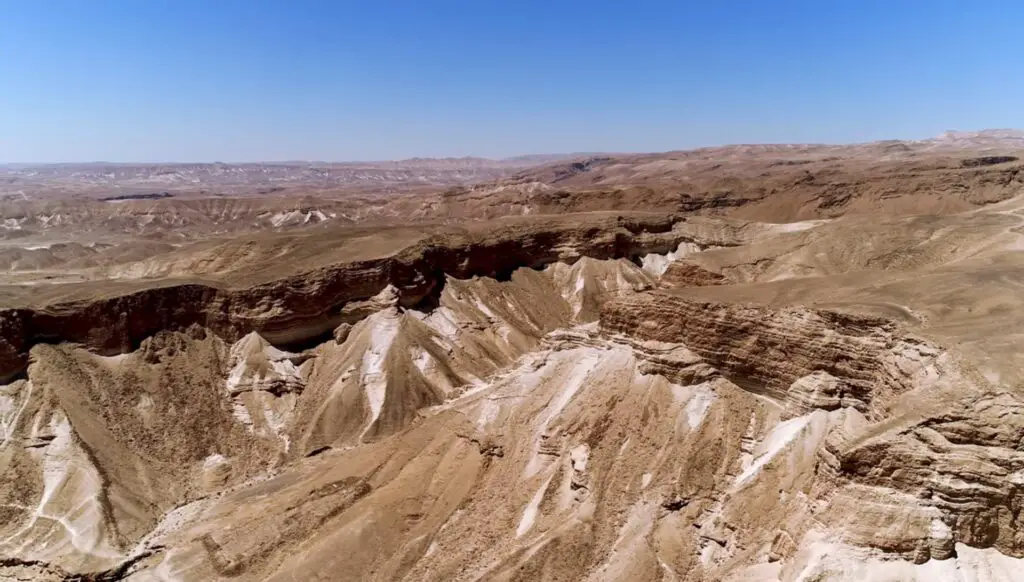
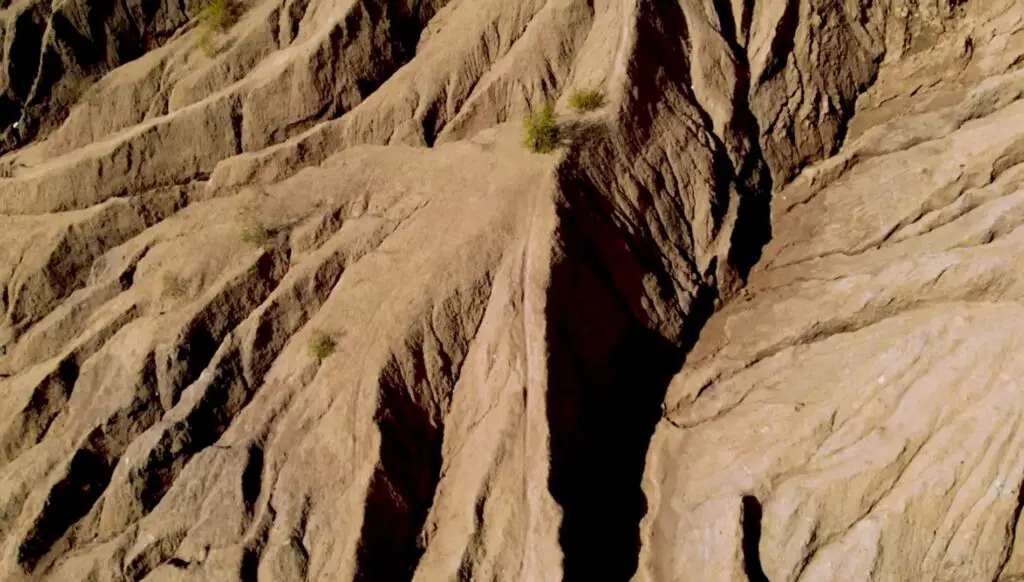
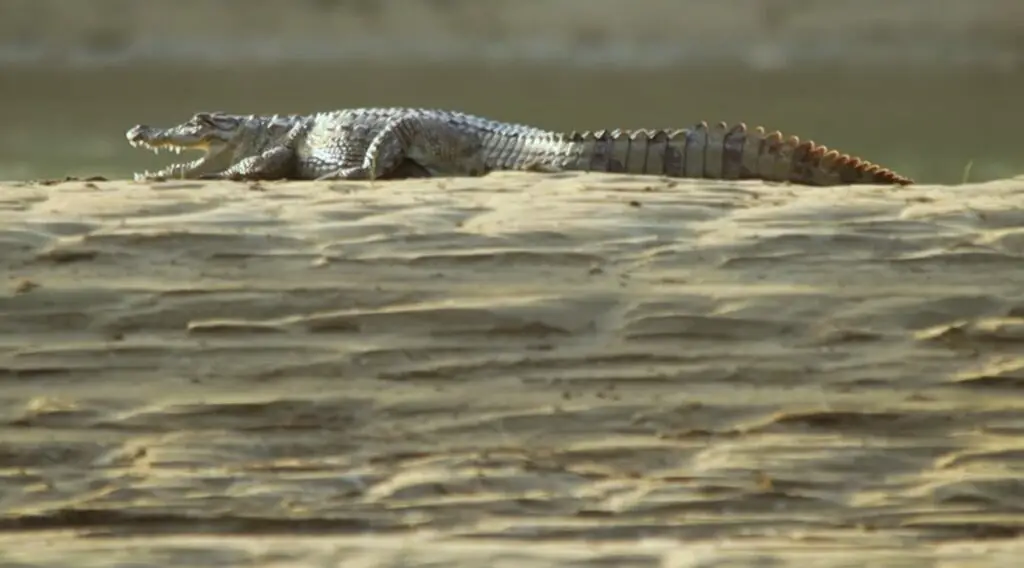
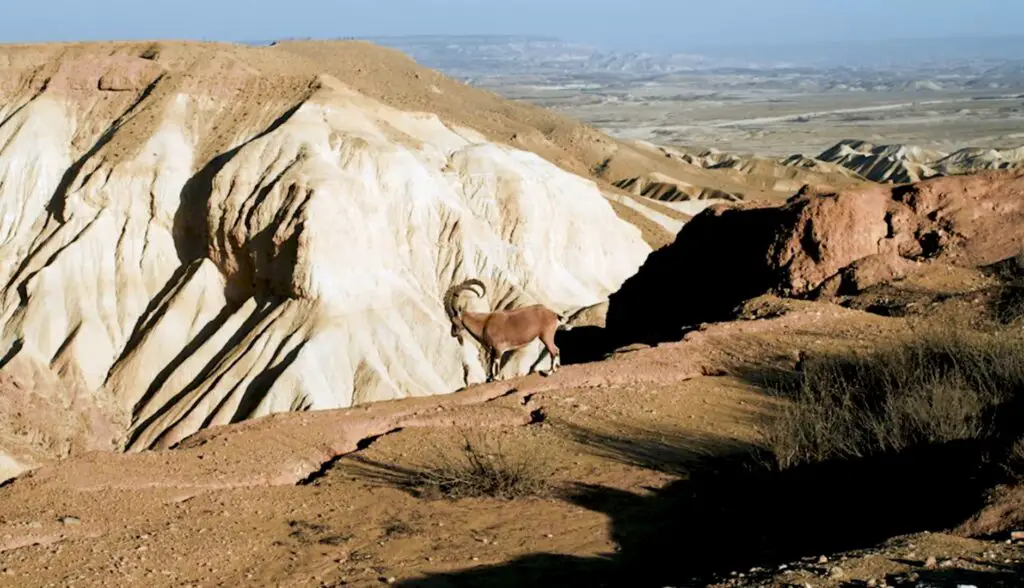
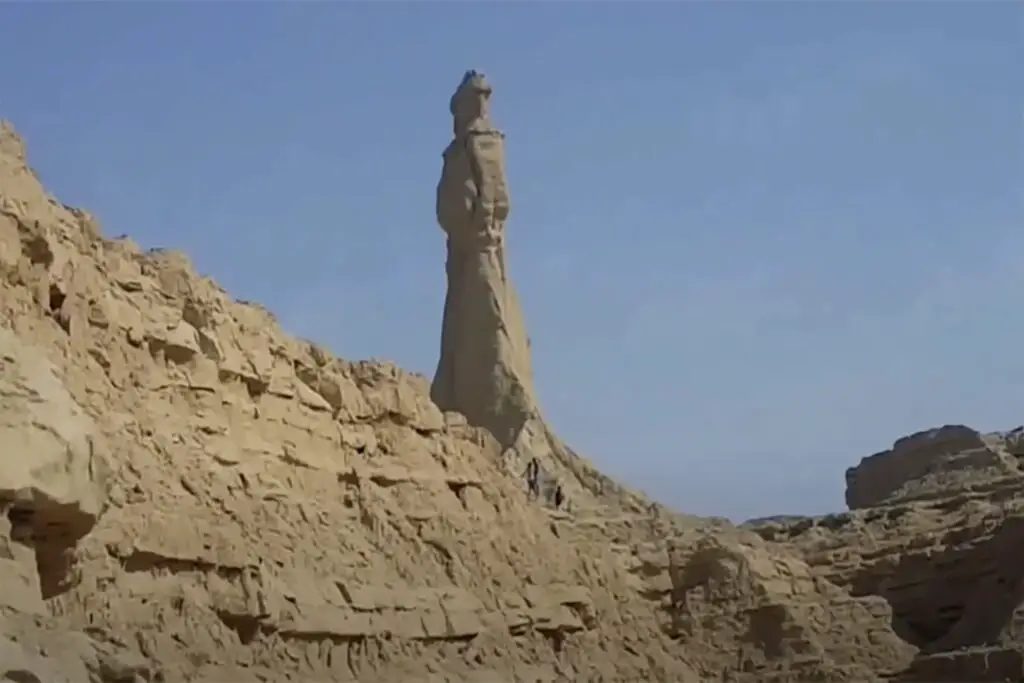
Landscape & Geology of Hingol National Park
Hingol National Park is renowned for its stunning landscapes, which include rugged mountains, rocky hills, and vast stretches of desert. The park is also home to several natural landmarks, including the Balochistan Sphinx, which is a rock formation that resembles the ancient Egyptian Sphinx.
The park is also home to several waterfalls, including the Kund Malir waterfall, which is one of the largest in Pakistan. The waterfall is located near the park’s entrance and is a popular spot for visitors to cool off and take a swim.
Rock Formations at the Hingol National Park
A joint study was conducted by the University of Geneva and the University of Tehran on the coastal strip of Iran and Balochistan. The researchers observed 36 rock formations in the area and found that erosion and sedimentation processes have played a significant role in shaping these rocks over centuries. The waves of the sea carry soil and other substances onto the shore, resulting in layers of soil measuring 1 to 10 meters thick, and sometimes even thicker, on rocks of varying heights.
The study notes that the tidal waves of the sea and strong stormy winds have sculpted the Makran coastal strip and the adjacent mountain cliffs in a unique way. As a result, the area gives the impression of an archaeological complex that could be preserving the remnants of an ancient civilization. Two of the most famous rock formations mentioned in your statement are the Princess of Hope and the Sphinx of Pakistan.
Tourism in Hingol Park
Hingol National Park is a popular tourist destination and attracts visitors from all over the world. The park offers a range of activities for visitors, including hiking, camping, and wildlife watching. The park is also home to several ancient tombs and temples, which are of great cultural and historical significance.
The park is easily accessible by road, and there are several accommodations available for visitors, including camping sites and guesthouses. However, visitors are advised to come prepared, as the park is located in a remote and arid region and can be quite challenging to navigate.
Attractions near Hingol National Park
Hingol National Park is a unique and beautiful natural reserve that offers visitors a glimpse into the incredible diversity of wildlife and landscapes that can be found in Pakistan. The park is a testament to the importance of preserving our natural heritage and serves as a reminder of the incredible beauty and wonder that can be found in the natural world.

